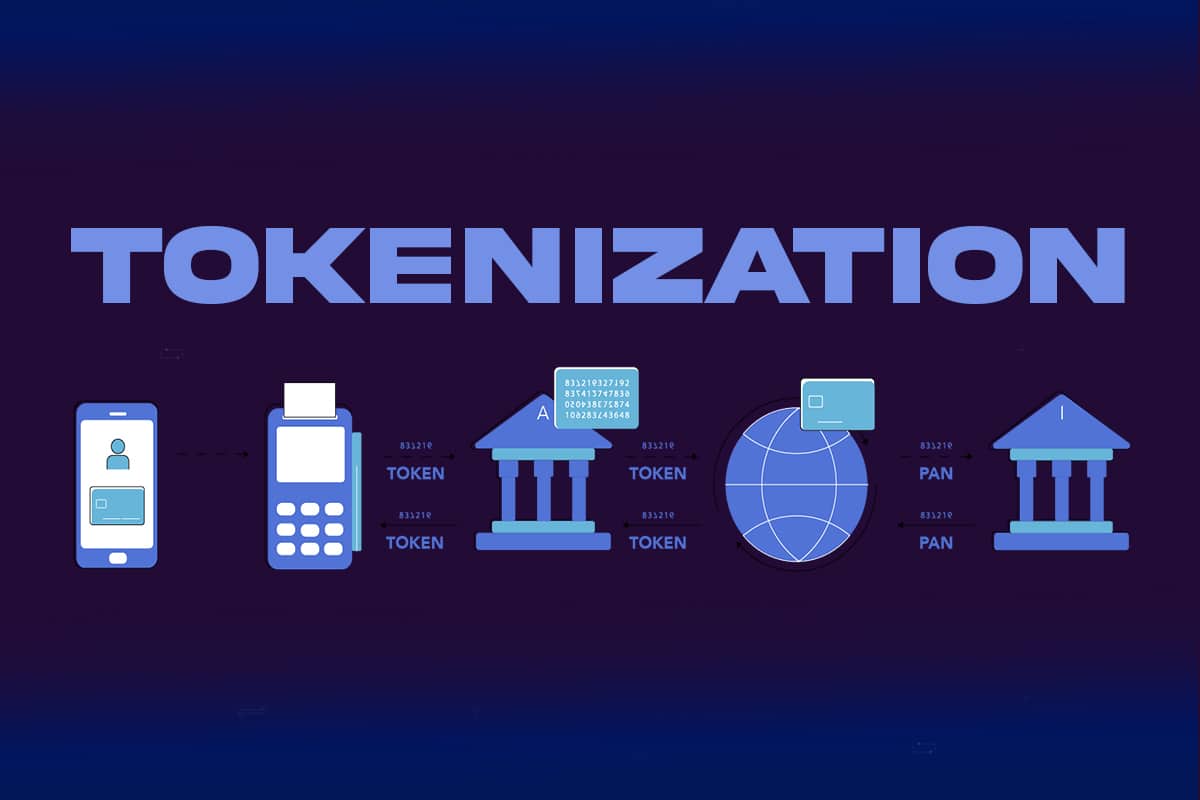Tokenized US Treasuries have broken a major barrier, surpassing $3 billion in total value, said RWA.xyz, one of the leading data and analytics platforms for tokenized real-world assets.
This market only crossed $2 billion just 90 days ago. The latest run-up is a function of the success Hashnote has enjoyed with USYC. At the beginning of 2024, the total value of tokenized treasuries was hovering under $750 million, representing a rise of 300% year-over-year.
Tokenized Assets Surge 32% in 2024, US Treasuries Break $3B Barrier
According to the analytics platform RWA.xyz, 2024 has indeed been an important year for the tokenization of assets. The total market capitalization of tokenized assets increased by 32%. Tokenized US Treasuries have, therefore, broken a major barrier, surpassing $3 billion in total value in only 90 days.
If one excludes stablecoins, the different classes of tokenized assets have been expanding rapidly. According to data, tokenized US Treasuries are up 179%, private credit by 40%, commodities by 5%.
Alongside this increase in market value, the growing adoption of developing regulatory frameworks in places such as the United States, the Middle East, and Hong Kong has fostered even more experimentation among legacy financial institutions and driven unprecedented institutional interest to the space. Just recently, Chainlink integrated with Coinbase‘s Project Diamond to enable cross-chain interoperability for tokenized assets.
BREAKING: Tokenized US Treasuries Surpasses $3B Total Value
Less than 90 days after reaching $2B, the tokenized treasuries market has added another $1B in value, driven by the success of Hashnote’s USYC.
At the start of 2024, it was less than $750M, bringing YoY growth to 300%. pic.twitter.com/rqCeHY29i5
— RWA.xyz (@RWA_xyz) December 18, 2024
Since the start of 2024, new synthetic stablecoins have emerged, backed by non-cash equivalents like gold or basis trades. This has raised concerns about whether the term “stablecoin” is too broad. Stablecoin transactions have surpassed PayPal’s annual volume and are approaching Visa levels. However, a Visa report revealed that up to 90% of stablecoin transactions were “inorganic,” raising doubts about their real-world utility.
That conclusion is being further examined in studies by researchers including TAC members.
Lower Interest Rates to Reshape Tokenized Asset Market in Late 2024
In 2024, says RWA, there has been considerable activity on the regulatory front, more specifically on stablecoins.National frameworks are emerging in Asia, while MiCA regulations in the EU recently finalized their policy draft.
In the United States, active lobbying is also being done for stablecoin regulation. This is extremely important since recently, Stablecoin market cap surpassed $200 billions, driven by crypto trading and non-crypto use cases like payments and remittancess. Meanwhile, the regulation of tokenized US Treasuries and real assets remains more exploratory, consisting of regulator-industry hearings and sandboxes.
Moving well into the fourth quarter of 2024, further clarity will emerge regarding how those regulations are shaping the adoption and market structure of the stablecoin market. Additionally, this may influence perceptions of tokenization globally. As a result, new precedents could be set for regulating tokenized asset classes.
Tokenized US Government Debt Outperforms in 2024, Up 179%
Since the beginning of 2024, short-term US government debt has been the best performer in the tokenized markets. It’s important to mention that its market capitalization for all products was up 179%. Gains have partly been supported by relatively high post-COVID interest rates.
However, with a Federal Reserve pivot expected and lower interest rates likely, investors may reassess portfolios. RWA analysts highlight new opportunities for tokenized US Treasuries. These markets could benefit from lower rates, testing the resilience of higher-rate products.
Over the last couple of years, the main focus of tokenized asset issuers has been to replicate traditional financial products in a digital format. With the necessary infrastructure now largely in place, however, issuers can turn their attention to the unique benefits that tokenization provides. These include 24/7/365 liquidity, cross-collateralization for trading margin, and natively composable and interoperable asset depositories.
In the final quarter of 2024, expect continued exploration into the distinct benefits tokenization can unlock in reshaping financial markets.
Disclaimer: The presented content may include the personal opinion of the author and is subject to market condition. Do your market research before investing in cryptocurrencies. The author or the publication does not hold any responsibility for your personal financial loss.











✓ Share: